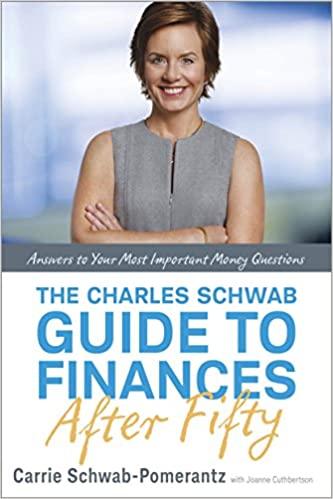Question
Please answer all questions: 1A. The effect of volatility on a call/puts price is a. decreased price due to decreased possible losses b. nominal volatility
Please answer all questions:
1A. The effect of volatility on a call/puts price is
a. decreased price due to decreased possible losses
b. nominal volatility will not noticeably effect a call/puts price.
c. increased price due to increased possible gains
d. decreased price due to increased possible losses
e. none of the above.
1B. A portfolio that combines the underlying stock and a short position in an option is called
a. a risk arbitrage portfolio b. a hedge portfolio c. a ratio portfolio
d. a two-state portfolio e. none of the above
1C. The binomial option pricing model will converge to what value as the number of periods increases?
a. a random value b. the Black-Scholes-Merton value of the option
c. the intrinsic volatility of the option d. the true value of the underlying
e. none of the above
1D Which of the following variables in the Black-Scholes-Merton option pricing model is the difficult to obtain?
a. the volatility b. the risk-free rate c. the stock price d. the time to expiration e. the exercise price
1E. If the stock price is 44, the exercise price is 40, the put price is 1.54, and the Black-Scholes-Merton price using 0.28 as the volatility is 1.11, the implied volatility will be
a. higher than 0.28 b. lower than 0.28 c. 0.28 d. lower than the risk-free rate
e. none of the above
1F. Which of the following statements about the delta is not true/
a. it ranges from zero to one
b. it converges to zero or one at expiration
c. it is given by N(d1) in the Black-Scholes-Merton model
d. it changes slowly near expiration if the option is at-the money
e. none of the above
1G. What happens when the volatility is zero in the Black-Scholes-Merton model?
a. the option price converges to either zero or the lower bound
b. the option price converges to the intrinsic value
c. the option automatically expires out of the money
d. the gamma and delta converge
e. none of the above
1F. The standard normal random variable used in the calculation of cumulative normal probabilities within the Black-Scholes-Merton option pricing model is
a. the lognormal distribution b. the d1 and d2 statistic c. the z statistic
d. the f distribution e. none of the above
1H. Find the upcoming net payment in a plain vanilla interest rate swap in which the fixed party pays 10 percent and the floating rate for the upcoming payment is 9.5 percent. The notional amount is $20 million and payments are based on the assumption of 180 days in the payment period and 360 days in a year.
a. fixed payer pays $1,950,000 b. fixed payer pays $950.000 c. floating payer pays $1 million d. floating payer pays $50,000 e. fixed payer pays $50,000
Step by Step Solution
There are 3 Steps involved in it
Step: 1

Get Instant Access to Expert-Tailored Solutions
See step-by-step solutions with expert insights and AI powered tools for academic success
Step: 2

Step: 3

Ace Your Homework with AI
Get the answers you need in no time with our AI-driven, step-by-step assistance
Get Started


